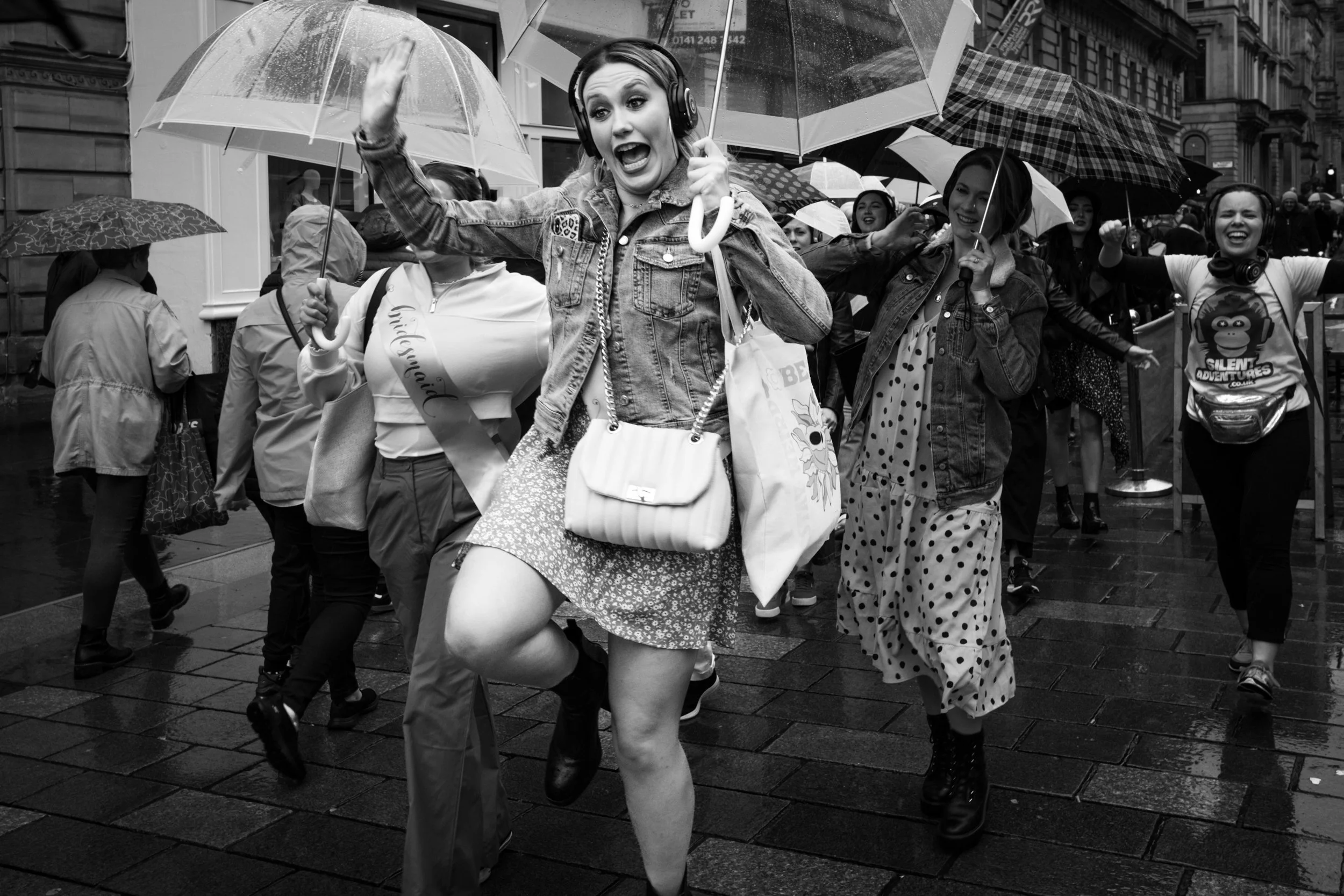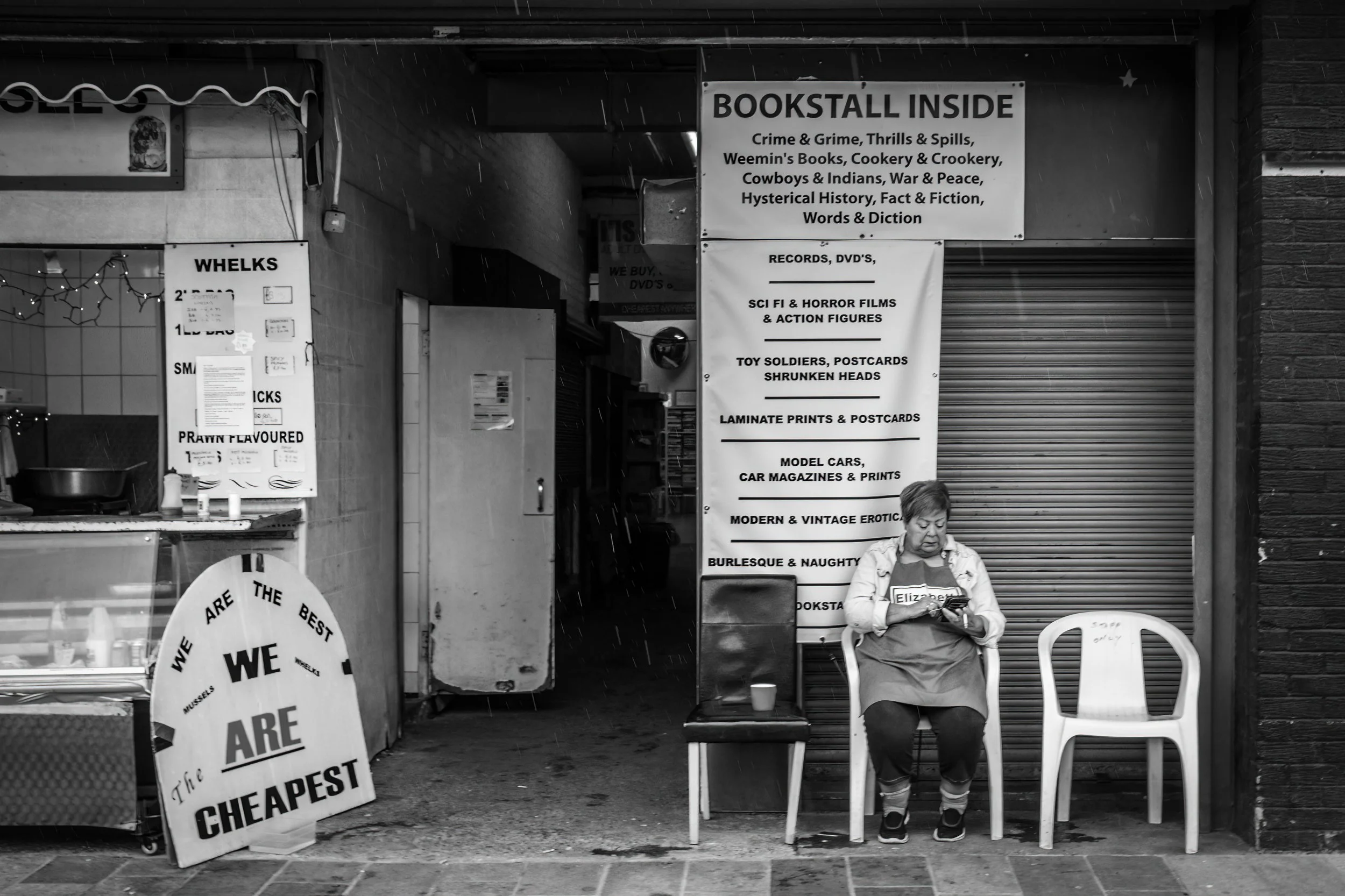Are You A Cropper? (and Glasgow visit update)
I have seen a lot of chat recently on various photography social media platforms on the subject of cropping images.
Some photographers class cropping as sacrilege and that if you have to crop in post processing you haven’t taken the photo properly in the first place. They believe that all the framing should be done in-camera thus negating the need for any cropping. On the other hand we have photographers who see it as a key part of the post processing stage, enabling them to present the image in the way they want it to look. I would also include alignment (or Transform in Lightroom) alongside cropping as aligning an image that isn’t quite square does induce an element of cropping.
So which approach is right? For me its a bit of both, but I certainly don’t believe that cropping should not be necessary after taking the shot. I see cropping a digital image on a screen no differently from when I would compose my image on an enlarger baseboard, moving the head up and down and moving the paper until I was happy. I am sure that there are plenty of articles on-line and on YouTube covering this topic but I want to look at it from my perspective.
One of my main reasons for cropping a shot in post-processing is down to not being close enough to the subject to fill the shot. I always try and get in as close as I can to capture a scene or person but at times it is not always possible. It could be that you would spook the subject or some physical barrier makes it impossible. I would always grab the shot from my best vantage point knowing that I have the benefit of refining it by cropping and aligning in post-processing. Obviously there are limitations with this regarding resolution if you try to make a large image from a small one so I always try and get in as close as possible when taking the shot. It should be said at this point though that being able to crop in post-processing should not be used to compensate for poor technique in the first place. Taking shots from a distance because you are timid or lack confidence can be classed as poor technique and post-process cropping should not be considered a way of getting around this. Cropping and alignment should be considered as refinement tools not safety nets.
Another reason I would crop is to position the subject aesthetically in the post processed image. For example, lets say you are taking a photo of a car travelling down a road and as taken, the car is centre frame. If the car is say travelling from right to left, I would crop/align the image so that the car is sitting on a “rule of thirds” intersection, and positioned towards the right hand side so that it appears to be driving into the space on the left hand side. This applies to people shots too. If they are taken looking right, crop/align the image in post-processing to have them positioned left looking into the space on the right. Cropping in post-processing gives us the ability to refine composition and present the shot as we imagined it and also be aesthetically pleasing.
One final point and possibly the most important is to employ effective cropping to direct the viewer’s attention to the area of interest in the shot. I see a lot of images that are too “messy” due to poor cropping. The context of the photo is lost in the distracting surroundings or dominant colour or light that make no contribution to the image as presented. I don’t particularly like bright highlights on edges of photos as these can be distracting in my opinion so cropping these out and directing the viewer’s attention by effective cropping can be powerful. Another trap you need to be aware of is thinking that a snappy title will recover a shot where the context of the shot is not obvious, or that it is lost in a mess that could have been improved by cropping. My thoughts on titles are covered in more depth in Blog Post #6.
As previously mentioned, cropping and aligning are key elements in the post processing toolbox. They are composition enablers but should not be seen as a fallback for rescuing poor technique.
Cataract Update: As mentioned in a previous blog post, earlier this year I was diagnosed with a cataract in my right eye, my viewfinder eye. Well last weekend I had the operation to replace the lens in my right eye. Although I was dreading it, it was all over and done in about 10 minutes. My eye is still settling down but the difference already is amazing and makes me wonder about colour photography and how we all individually see the world. If I look through my left eye only the world is a warm colour. If I look through my new right eye only it is a bright icy blue colour. I had to adjust the brightness on my phone and my computer screen is more vivid. I calibrate my Mac screen once a month using a SpyderX Pro and find that a very useful way of keeping my screen at a constant setting.
So as promised in a previous blog post and now that my eye is settling down, some photos from my visit to Glasgow last month. I still have loads to process but here are a few to be getting on with.




